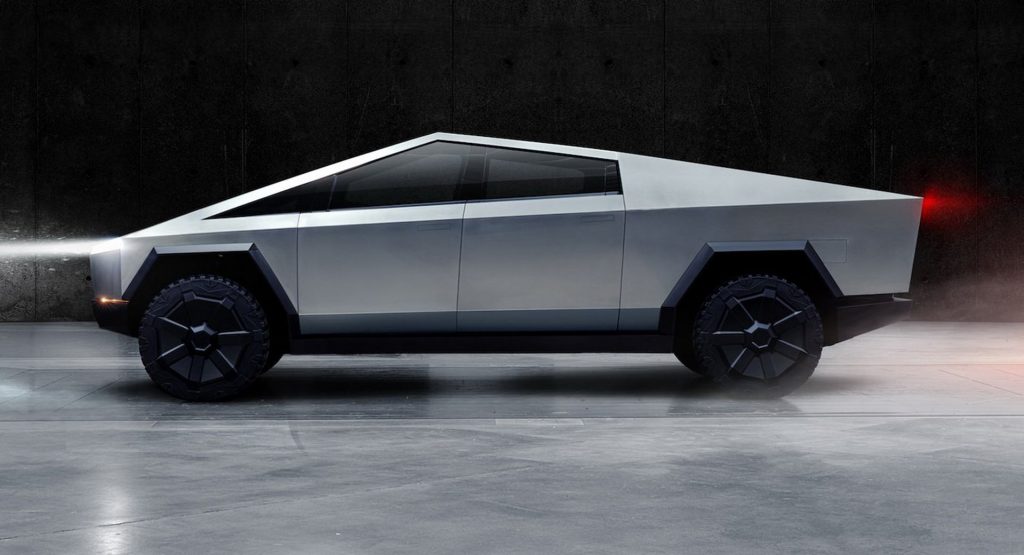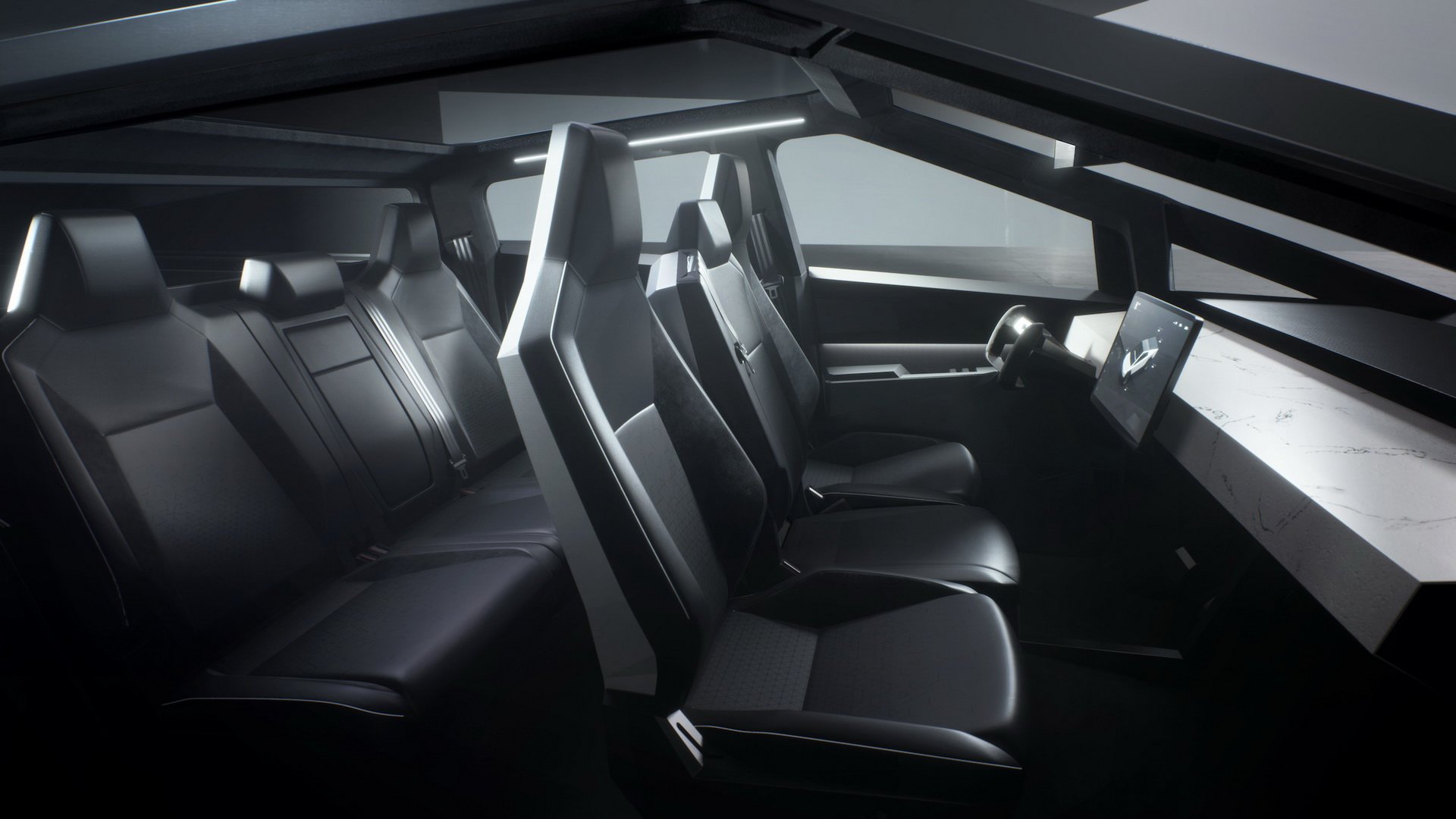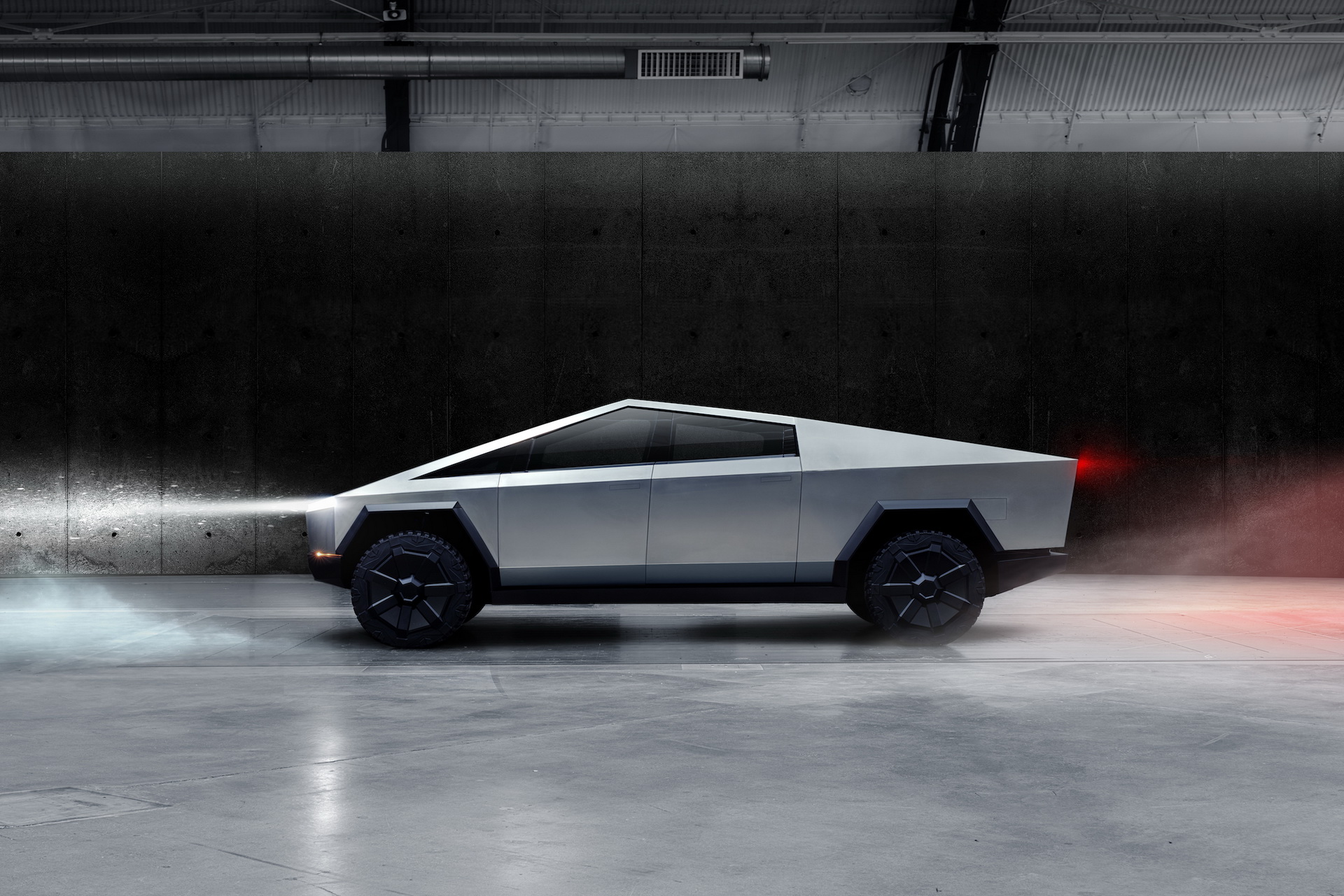The head of the Australasian New Car Assessment Program (ANCAP), the leading crash test authority in Australia, has expressed serious concerns about how the controversial design of the Tesla Cybertruck could pose unnecessary dangers to occupants and other road users.
Speaking with News, ANCAP chief executive James Goodwin said the shape and stainless steel body of the Cybertruck could pose a risk to other road users. According to him, Tesla has a history of prioritizing occupant safety over the safety of pedestrians and cyclists.
“Thinking about other road users there, it’s got a fairly harsh front and not a whole lot of areas that would provide some give if there was a strike with a pedestrian,” Goodwin said. “We do both head form and leg form impacts … the (frontal) rake would look like it’s not very forgiving in terms of legs.”
Unlike Any Other: Trying To Make Sense Of The World’s Most WTF Truck, Tesla’s Cybertruck
Perhaps more worryingly, Goodwin suggested that the strong exoskeleton of the Cybertruck that was able to easily withstand the strike from a sledgehammer might have adverse effects on occupants in the event of a crash.
“We would expect that a vehicle should be able to absorb some (crash) energy because if it doesn’t absorb some energy… it will be the people inside the vehicle who bear the brunt,” he said.
Tesla hasn’t said what changes the Cybertruck will undergo before it reaches the production line, but a number of areas will need to be altered. First and foremost, the show car had no windscreen wipers, lacked turn signals, and had wheels and tires that will need to be changed for the finished item.
Nevertheless, while criticism of the vehicle’s exterior has been widespread, we suspect that Tesla will only make minimal changes to the production model thanks to the extraordinary number of refundable pre-order deposits it has received for the Cybertruck. Unless, of course, they are mandated by the need to comply with safety standards, so it can get type approval.














